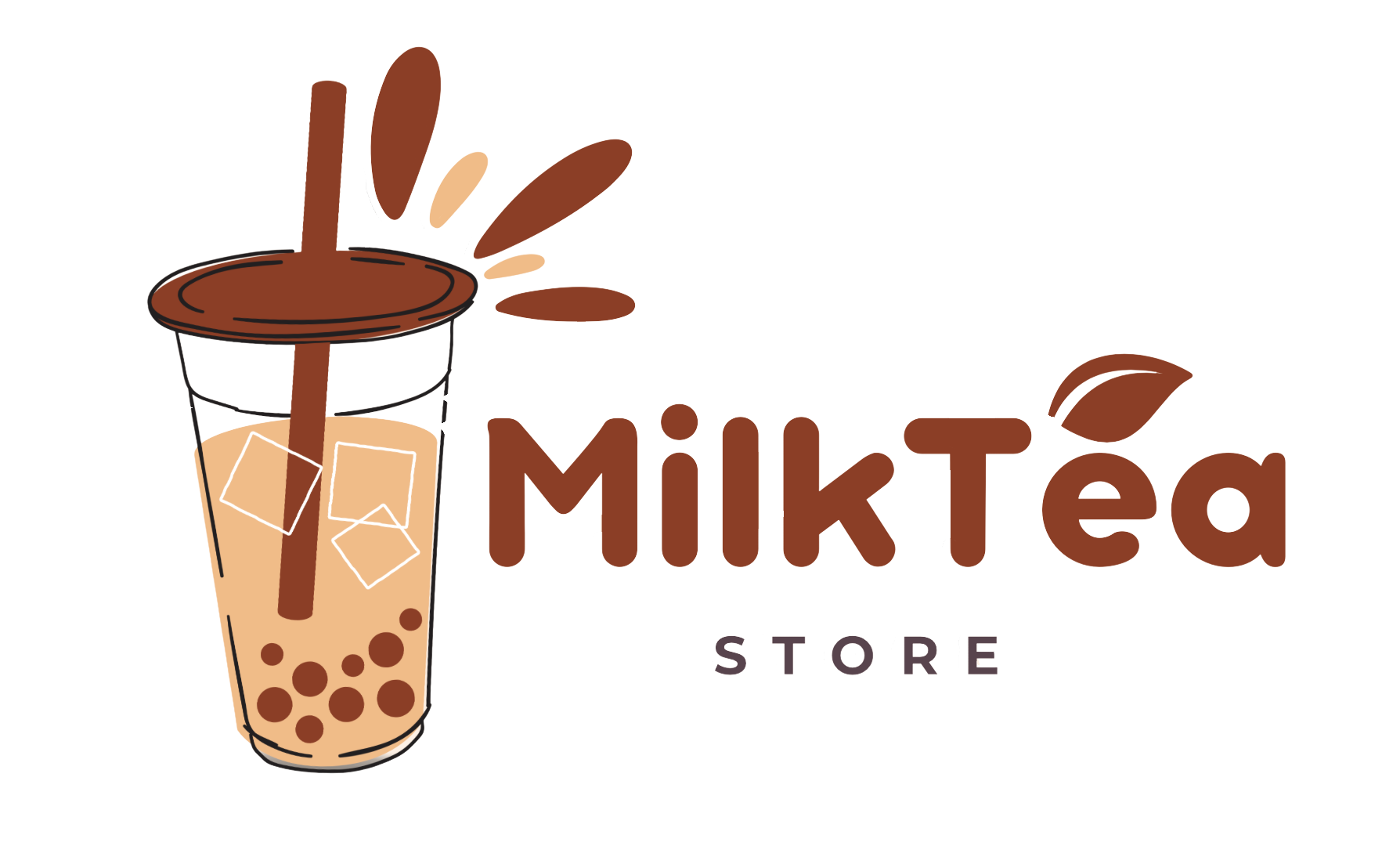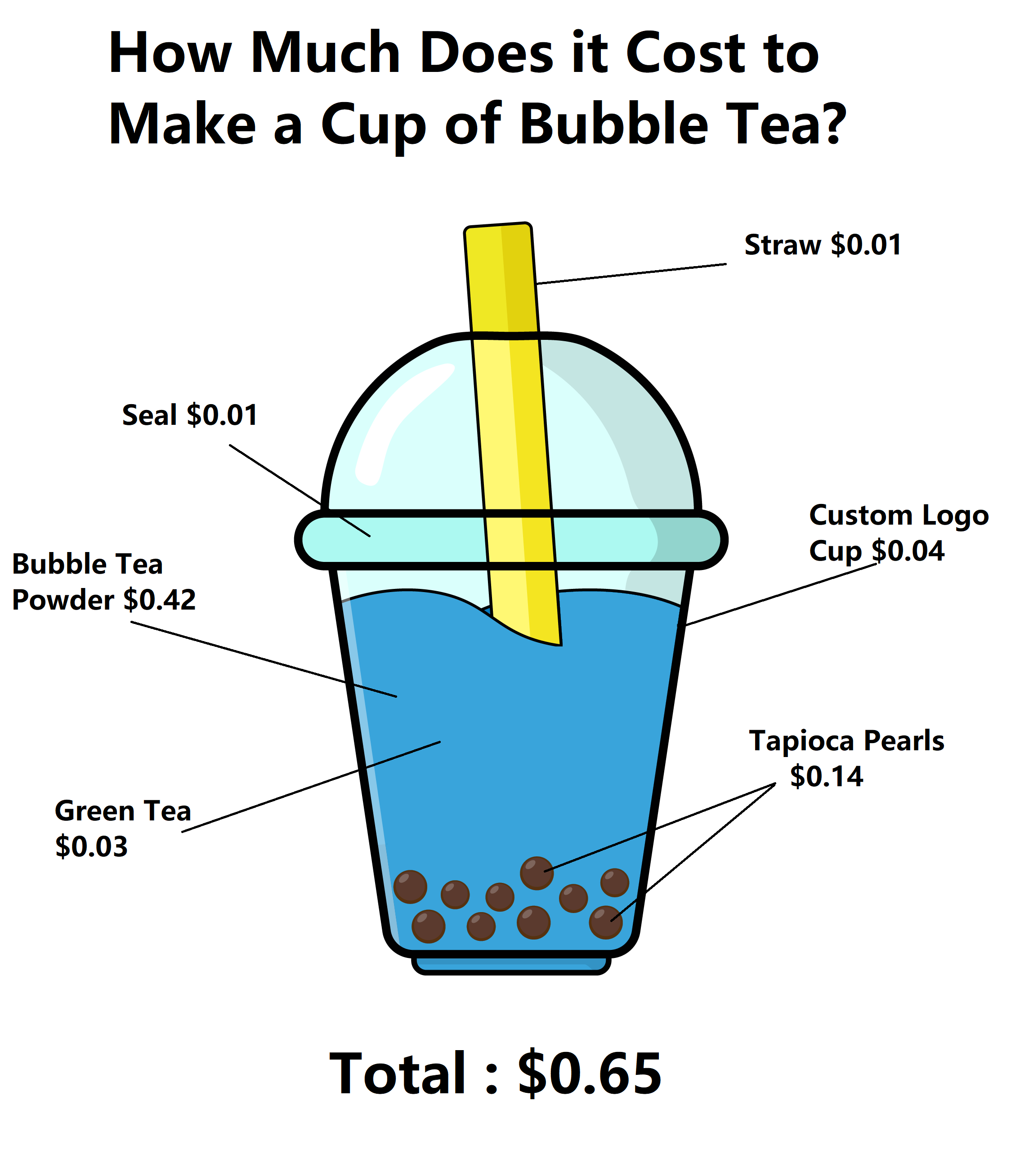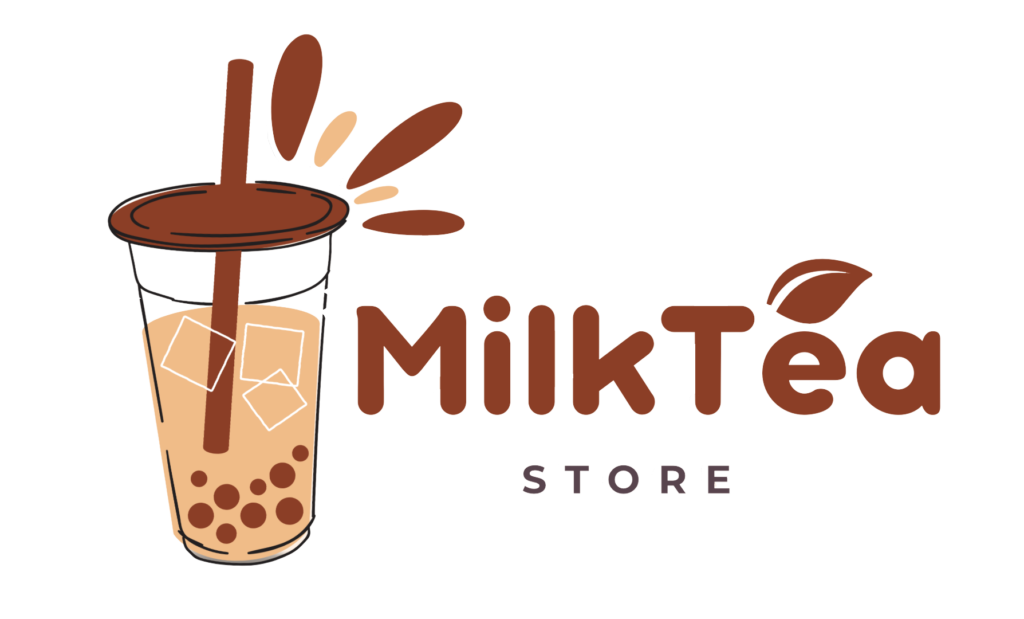Milk tea costing involves meticulous calculation of ingredients, operational expenses, and profit margins to strike a balance between affordability for customers and sustainability for the business.
The Science of Milk Tea Costing: Strategies for Boosting Your Bottom Line
The milk tea industry has experienced tremendous growth in recent years, with its popularity spreading across the globe. Milk tea, also known as bubble tea or boba tea, is a beverage that originated in Taiwan and is made by combining tea, milk, and various flavorings. It has become a favorite among people of all ages, with its unique taste and texture.
Understanding the costing of milk tea is crucial for businesses in this industry. It allows them to determine the profitability of their products and make informed decisions about pricing and cost management. By understanding the science behind milk tea costing and the factors that affect it, businesses can optimize their operations and maximize their profit potential.
The Science Behind Milk Tea Costing
To understand milk tea costing, it is important to break down the different components of milk tea and how they contribute to the overall cost. The main components of milk tea include tea leaves, milk or creamer, sweeteners, flavorings, and toppings such as tapioca pearls or fruit jellies.
Each component has its own cost associated with it. For example, the cost of tea leaves can vary depending on the quality and type of tea used. Similarly, the cost of milk or creamer can vary depending on whether it is fresh milk or a non-dairy alternative. Sweeteners and flavorings also add to the overall cost, as do toppings like tapioca pearls or fruit jellies.
The quantity of each component used in a cup of milk tea also affects the overall cost. For example, using more expensive ingredients or larger quantities will increase the cost per cup. On the other hand, using cheaper ingredients or smaller quantities can help reduce costs.
Factors Affecting Milk Tea Costing
Several factors can affect the costing of milk tea for businesses in this industry.
1. Cost of ingredients: The cost of ingredients is a significant factor in determining the overall cost of milk tea. The price of tea leaves, milk or creamer, sweeteners, flavorings, and toppings can vary depending on factors such as quality, availability, and seasonality. Businesses need to carefully consider the cost of ingredients and find a balance between quality and affordability.
2. Labor costs: Labor costs also play a role in milk tea costing. The time and effort required to prepare each cup of milk tea can vary depending on the complexity of the recipe and the skill level of the staff. Businesses need to factor in labor costs when calculating the overall cost of milk tea.
3. Overhead expenses: Overhead expenses such as rent, utilities, and equipment maintenance can also impact milk tea costing. These expenses need to be allocated properly to ensure accurate costing and profitability.
4. Competition: The level of competition in the milk tea industry can also affect costing. If there are many competitors offering similar products at lower prices, businesses may need to adjust their costing strategies to remain competitive.
Here’s a comprehensive table outlining the factors affecting milk tea costing:
| Factors | Description |
|---|---|
| Ingredients | Cost of tea leaves, milk, sweeteners, flavorings, toppings, and other additives. |
| Quality of Ingredients | Higher quality ingredients may incur higher costs but can enhance taste and attract customers. |
| Packaging | Cost of cups, lids, straws, seals, and packaging materials. |
| Equipment | Expense of milk tea machines, blenders, boilers, and other equipment needed for preparation. |
| Labor | Wages for staff involved in brewing, mixing, serving, and cleaning. |
| Rent/Lease | Cost of the physical location, whether it’s leased or owned, including utilities and maintenance. |
| Utilities | Electricity, water, and gas expenses for running equipment and maintaining a comfortable environment. |
| Marketing | Expenses for advertising, promotions, loyalty programs, and branding efforts. |
| Overheads | General overhead costs such as insurance, permits, licenses, and administrative expenses. |
| Seasonality | Fluctuations in ingredient prices and demand based on seasonal variations. |
| Location | Influence of geographical location on rent, foot traffic, and competitive pricing. |
| Competition | Pricing strategy in comparison to nearby competitors and market positioning. |
| Economic Conditions | Impact of inflation, currency fluctuations, and overall economic stability. |
Calculating the Cost of Milk Tea
Calculating the cost of milk tea involves several steps:
1. Determine the cost of each ingredient: Start by determining the cost of each ingredient used in a cup of milk tea. This includes tea leaves, milk or creamer, sweeteners, flavorings, and toppings. Consider factors such as quantity, quality, and seasonality when calculating the cost.
2. Calculate labor costs: Determine the labor cost associated with preparing each cup of milk tea. This includes the time spent on brewing the tea, mixing the ingredients, and adding toppings.
3. Allocate overhead expenses: Allocate overhead expenses such as rent, utilities, and equipment maintenance to each cup of milk tea. This can be done by dividing the total overhead expenses by the number of cups sold within a specific period.
4. Calculate the total cost per cup: Add up the cost of ingredients, labor costs, and allocated overhead expenses to determine the total cost per cup of milk tea.
Accurate costing is essential for businesses in the milk tea industry to ensure profitability. By knowing the cost of each cup of milk tea, businesses can set appropriate prices and make informed decisions about cost management.
Here’s a sample cost table for a 50sqm milk tea store in Ho Chi Minh City, Vietnam:
| Cost Item | Monthly Cost (VND) | Annual Cost (VND) |
|---|---|---|
| Rent/Lease | 15,000,000 | 180,000,000 |
| Ingredients | 10,000,000 | 120,000,000 |
| Packaging | 2,000,000 | 24,000,000 |
| Equipment | 5,000,000 | 60,000,000 |
| Labor | 20,000,000 | 240,000,000 |
| Utilities | 3,000,000 | 36,000,000 |
| Marketing | 3,000,000 | 36,000,000 |
| Overheads | 5,000,000 | 60,000,000 |
| Total Monthly Expenses | 63,000,000 | – |
| Total Annual Expenses | – | 756,000,000 |
This table provides a rough estimate of the monthly and annual costs for operating a milk tea store in Ho Chi Minh City. Actual costs may vary depending on various factors such as location, rental rates, ingredient prices, labor wages, and business strategies.
Strategies for Reducing Milk Tea Costs
Reducing milk tea costs can help businesses improve their profitability. Here are some strategies to consider:
1. Reduce ingredient costs: Look for opportunities to reduce ingredient costs without compromising on quality. This can be done by sourcing ingredients from reliable suppliers, buying in bulk, or exploring alternative options that offer similar taste and quality at a lower price.
2. Optimize labor costs: Streamline operations and optimize labor costs by implementing efficient processes and training staff to work more effectively. This can help reduce the time and effort required to prepare each cup of milk tea, thereby reducing labor costs.
3. Minimize overhead expenses: Find ways to minimize overhead expenses by negotiating better deals with suppliers, optimizing energy usage, and implementing cost-saving measures such as recycling or reusing materials.
Ways to Increase Milk Tea Sales
Increasing milk tea sales is another important aspect of maximizing profitability in the industry. Here are some strategies to consider:
1. Marketing strategies: Implement effective marketing strategies to attract more customers. This can include social media marketing, influencer collaborations, targeted advertising, and promotions or discounts.
2. Upselling and cross-selling: Encourage customers to purchase additional items or upgrade their orders by offering upsells and cross-sells. This can be done by suggesting complementary toppings or flavors, offering bundle deals, or introducing loyalty programs.
3. Customer service: Provide excellent customer service to create a positive experience for customers. This includes training staff to be knowledgeable about the products, being attentive to customer needs, and resolving any issues or complaints promptly.
The Role of Quality Ingredients in Milk Tea Costing
Using high-quality ingredients can have a significant impact on the cost of milk tea. While quality ingredients may be more expensive, they can enhance the taste and overall experience for customers, leading to increased customer satisfaction and loyalty.
However, businesses need to find a balance between cost and quality. It is important to assess whether the higher cost of premium ingredients is justified by the perceived value and customer satisfaction it brings. Conducting market research and gathering feedback from customers can help businesses make informed decisions about ingredient selection and pricing.
The Impact of Seasonal Changes on Milk Tea Costing
Seasonal changes can affect the demand for milk tea, which in turn can impact costing strategies. For example, during the summer months, there may be higher demand for cold milk tea variants, while during the winter months, hot milk tea may be more popular.
Businesses need to adjust their costing strategies accordingly to account for seasonal fluctuations in demand. This may involve sourcing seasonal ingredients, offering seasonal promotions or limited-time flavors, and adjusting pricing to align with customer preferences.
The Importance of Tracking Milk Tea Sales and Costs
Tracking milk tea sales and costs is crucial for businesses to improve profitability. By monitoring sales data and analyzing cost information, businesses can identify trends, make data-driven decisions, and implement strategies to optimize operations.
There are various tools and methods available for tracking milk tea sales and costs. Point-of-sale (POS) systems can provide real-time sales data, while accounting software can help track expenses and calculate profitability. Additionally, implementing inventory management systems can help businesses keep track of ingredient usage and minimize waste.
The Advantages of Technology in Milk Tea Costing
Technology can play a significant role in streamlining milk tea costing processes and improving efficiency. Here are some examples of technology tools that can be used:
1. POS systems: Point-of-sale systems can automate sales tracking, inventory management, and reporting. They provide real-time data on sales, inventory levels, and customer preferences, allowing businesses to make informed decisions about pricing and cost management.
2. Accounting software: Accounting software can help businesses track expenses, calculate profitability, and generate financial reports. It simplifies the process of recording and analyzing financial data, saving time and improving accuracy.
3. Inventory management systems: Implementing inventory management systems can help businesses track ingredient usage, manage stock levels, and minimize waste. This can lead to cost savings and improved efficiency in the supply chain.
Maximizing Profit with Effective Milk Tea Costing Strategies
In conclusion, understanding milk tea costing is essential for businesses in the industry to maximize profitability. By understanding the science behind milk tea costing and the factors that affect it, businesses can make informed decisions about pricing, cost management, and ingredient selection.
Calculating the cost of milk tea accurately is crucial for setting appropriate prices and ensuring profitability. Strategies for reducing milk tea costs include optimizing ingredient costs, labor costs, and overhead expenses. Increasing milk tea sales can be achieved through effective marketing strategies, upselling and cross-selling techniques, and providing excellent customer service.
The use of high-quality ingredients can enhance the taste and overall experience for customers but needs to be balanced with cost considerations. Seasonal changes in demand should also be taken into account when adjusting costing strategies.
Tracking milk tea sales and costs is important for improving profitability. Technology tools such as POS systems, accounting software, and inventory management systems can help streamline processes and improve efficiency.
By implementing effective costing strategies and continuously monitoring sales and costs, businesses in the milk tea industry can maximize profit potential and stay competitive in this growing market.
Originally posted 2024-04-23 02:47:54.





